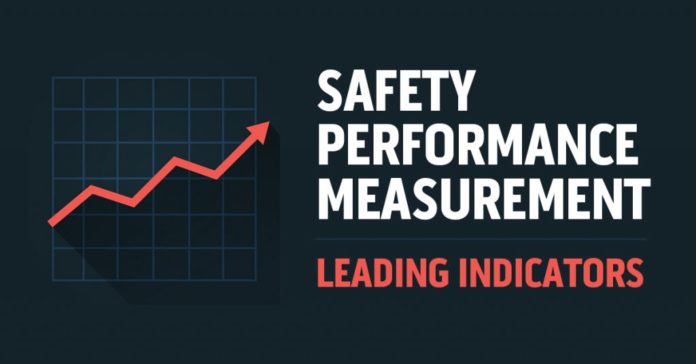As part of my own preparation for the upcoming ICAS Convention, I like to review air show incidents and accidents as a way to mold discussion during many of the education breakout sessions and informal conversations I typically have during my week in Las Vegas.
For example, I might look back at the accidents and incidents from the previous air show season and determine that the performers would benefit from a session on emergency egress due to a spate of cross country incidents. I might also see a strand of golf cart insurance claims as a reason to bring air show organizers together to discuss hazards and ways to prevent incidents with golf carts. Using this methodology, we can derive quite a bit of safety-related data, but that information is hindered by relying on accidents and incidents that have already occurred.
There is a school of thought emerging in the safety community in which historical data is understood to be only part of the story, and that information on future accidents or incidents is important to developing a fuller and more complete picture of risks and hazards. Relying on information from accidents and incidents that have already occurred will produce safety measures that lag behind the arc of the safety events in the industry. These accidents are considered “lagging indicators.” From this new perspective, we must shift our collective mindset and focus to the events that lead up to accidents and incidents: the leading indicators.
Here at ICAS, we have begun this transition over the course of the past decade. This conversion is not a simple switch for any organization due to the significant investment most organizations have made in collecting information and data related to lagging indicators. For example, prior to its adoption of Safety Management Systems (SMS), the airline industry was reliant on lagging indicators. After years of effort and research, concepts such as Crew Resource Management and SMS were introduced to immediate and positive effect. Due to the flexibility of the air show industry and the amount of crossover between the airline industry and air shows, we have been able to manage this transition more seamlessly than the airlines, albeit several years later.
Over the past ten years and going forward into the next decade, we must continue to evolve our thought processes in the safety arena to focus on the leading indicators of problems and ensure all of our energy does not get consumed with the lagging indicators.
How have we been doing this? Simply put, we have been listening better. We have developed our confidential reporting system (ICARUS) to allow members an opportunity to anonymously voice concerns without fear of reprisal. We have developed a fair system for processing voiced concerns that treats all parties as equal, regardless of who they are or their relative experience or inexperience. And we have put far more effort and resources into addressing those voiced concerns than we have the lagging indicators. Near misses or possible near misses have taken a larger portion of the ICAS safety committees’ time than accidents. By focusing on the people and events we can positively impact, the tenants of SMS and Risk Mitigation teach us that we send positive ripples throughout the industry.
To put this in a practical context, when an accident occurs at an air show, a safety program that is focused on lagging indicators would bear down and find the root cause of an accident, implement safety measures to minimize the likelihood of recurrence, and move on. While this is an important aspect of risk mitigation, we have learned that far more useful information comes from listening to squawks and treating them as learning opportunities to drive new changes or improvements in advance of an incident or accident.
For example, a major change ICAS has championed over the past decade has been the implementation of the “60 Minute Rule” which states that no inspectors will interact with an air show performer within 60 minutes of that performer’s flight. This particular situation was cited as a distraction and a possible safety problem by many performers over several years. So, instead of waiting for an incident or accident, we engaged directly with the FAA and Transport Canada to institute a new rule for their inspectors. Had we waited for an accident before engaging with the regulators, we would have had the same effect, but at the cost of an accident.
As we move forward on our path toward a more robust safety culture in the air show industry, we will continue to dive deeper into research of leading indicators of accidents in our industry while continuing to learn from any accidents that may come. However, as we continue to grow and develop the safety program by seeking new leading indicators, we will ensure that our accident rate continues to fall.









Great article, Dan!
Comments are closed.